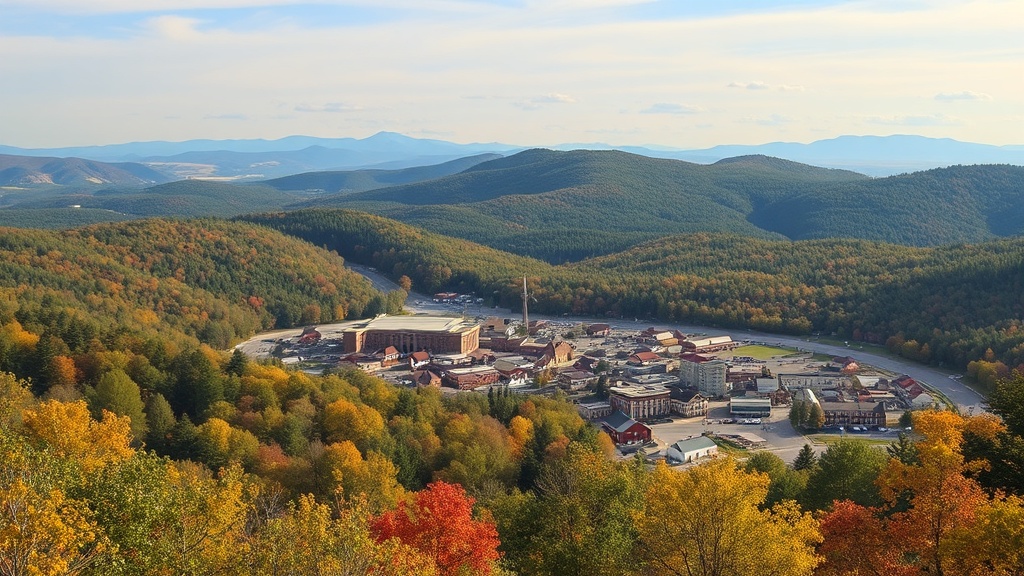Vermont Maple Syrup: From Forest to Table — How It’s Made, Tasted & Where to Buy
Vermont’s maple syrup is more than a pantry staple — it’s a living tradition that blends craftsmanship, forest stewardship, and a taste of place. Whether you’re a visitor chasing sugarhouse tours or a home cook wanting to elevate dishes, understanding what makes Vermont syrup special helps you choose the best bottle and appreciate the work behind it.
How Vermont syrup is made
Sap is gathered from sugar maple trees using taps and tubing systems that often run directly to a central evaporator. Modern producers commonly combine traditional wood-fired evaporators with technologies like reverse osmosis and vacuum tubing to concentrate sap and reduce fuel use.
The concentrated sap is then boiled down until it reaches the characteristic amber color and rich flavor that defines pure maple syrup.

Tasting and grades
Syrup is labeled by color and flavor intensity — from light, delicate notes to very dark, robust profiles. Lighter syrups work well on pancakes and in baking when a subtle maple presence is desired.
Darker syrups shine in sauces, glazes, and savory dishes where a pronounced maple character is an asset. When shopping, look for “pure maple syrup” on the label to avoid blends made from corn syrup or artificial flavoring.
Buy direct and support local
Vermont’s small-scale producers often sell directly from sugarhouses, farmers’ markets, and local co-ops. Buying locally not only supports rural economies but also lets you ask producers about their practices — how they manage forests, what fuel sources they use, and whether they follow organic or sustainable guidelines.
Many farms offer tours and demonstrations that let visitors watch the boiling process and taste syrup fresh from the evaporator.
Seasonal experiences and agritourism
Visiting a sugarhouse is a quintessential Vermont experience. Many operations host open houses and community pancakes, where syrup is poured right onto hotcakes or spun into taffy on snow for an interactive treat. These events highlight both the social and agricultural dimensions of sugaring, connecting urban visitors with rural life while giving producers an opportunity to sell seasonal goods like maple candy, cream, and syrup gift packs.
Sustainability and forest health
Maple sugaring is intimately tied to forest health. Responsible producers practice selective tapping, monitor tree vigor, and maintain forest diversity so maple stands remain productive for generations. Using energy-efficient equipment and renewable fuel sources helps reduce the carbon footprint of syrup production.
Consumers interested in sustainable choices can ask about forest management practices or seek out producers who participate in conservation programs.
Cooking with Vermont maple syrup
Maple syrup is versatile: drizzle it on breakfast, use it to sweeten vinaigrettes, glaze root vegetables, or add depth to barbecue sauces.
For baking, substitute part of the sugar with syrup for a moister texture and distinct flavor; reduce other liquids to compensate for the added moisture. When using syrup in recipes that call for granulated sugar, adjust oven temperature slightly to prevent over-browning.
Choosing quality
A few simple label checks ensure quality: confirm it’s 100% maple syrup, note the grade descriptor for flavor expectations, and look for batch or producer information that indicates small-batch production. Packaging — from glass jugs to decorative tins — can also hint at a producer’s attention to detail, though taste remains the ultimate test.
Vermont’s maple industry offers a sensory gateway to the state’s landscapes and traditions. Whether picked up at a roadside stand or savored at a sugarhouse pancake breakfast, genuine Vermont syrup brings an authentic, lasting flavor to the table.